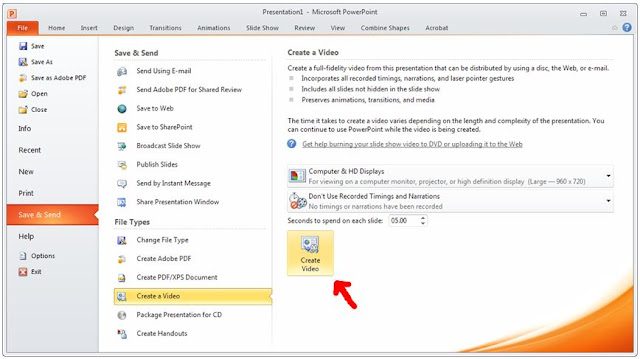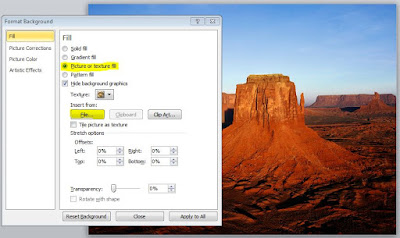We all know Delhi as a capital of India. But food lovers across the world take it other way, the capital of street food. Not only Indians, but people across world love Indian food and Delhi is the place where you can get all famous dishes of India. Dilli Haat (opposite INA market near AIIMS), a famous cultural market where you can visit stalls of all the Indian States. On these stalls, you can buy famous goods and foods of that particular state.
For food lovers, Delhi is NOT TO MISS destination. Everyone can't afford eating in luxury hotels but in Delhi, even a poor person can enjoy mouth watering street food on reasonable price. These food items are common and can be found at any nearby market places. Following street foods are the top 10 street foods of Delhi:

Chole Bhature
The big fluffy bhature attracts thousands of people in Delhi and it makes Chole Bhature the king of all street food. It is served with chole (spicy vegetable made of chana), onion rings, lemon and pickles.
Where to find: You can find chole bhature easily on any outlets where major snacks like Aloo Tikki chaat, pav bhaji are sold. Few famous places are:
Sitaram Diwan Chand (Paharganj), Baba Nagpal Corner (Lajpat Nagar), Chache di hatti (Kamla Nagar),
Nand ke Chole Bhature (Sadar Bazaar), Giani’s di Hatti (Chandni Chowk), Roshan’s (Karol Bagh) and outlets of
Haldiram's, Bikanerwala, Om Sweets, Nathu’s Sweets etc.

Parathe
Paratha is made of wheat flour and stuffed with different vegetables, eggs, mutton and chicken keemas (minces). It's the most preferred breakfast of North India. In Delhi, whether it's breakfast, lunch or dinner, Parathas are always in the menu. In Old Delhi near Chandni chowk, there is a lane,
Parathe Wali Gali famous for different types of parathas.
Where to find: You can find parathas in any restaurant and on street outlets across Delhi-NCR. Few famous places are:
Parathe Wali Gali (Chandni Chowk),
Moolchand Parathe Wala (South Delhi),
Not Just Parathas (Rajouri Garden) and
Kakke di Hatti (Fatehpuri, Old Delhi).

Kachori Sabji
Khasta Kachori, Pyaz Kachori and Kachori Sabji... Other varieties of Kachories are also available. Kachori is served with aloo sabji (potato cooked in spicy gravy).
Where to find: You can find it in major market places across Delhi-NCR. Few famous places are:
Dinesh Kachoriwala (Nai Sarak, near Chandni Chowk),
Jung Bahadur (Chandni Chowk Metro),
Sharma Kachoriwala (Pitampura),
Baba Nagpal Corner (Lajpat Nagar) and outlets of
Haldiram's, Bikanerwala, Om Sweets, Nathu’s Sweets etc.

Samosa
Samose are triangular in shape, stuffed with fried potato, paneer, dry fruits, masale (herbs). This is a very common street food not only found in Delhi but you can find it most of the parts in north India. It's served with chole/subji, green and red chutney.
Where to find: You can find Samosas in major market places across Delhi-NCR. Few famous places are:
Munni Lal Halwai (Gole Market, CP),
Bittu Tikki Wala (Pitampura & Karol Bagh),
Tilak Munjal (Pitampura),
Annapurna Sweets (CR Park) and outlets of
Haldiram's, Bikanerwala, Om Sweets, Nathu’s Sweets, Aggarwal Sweets etc.

Dahi Bhalla
One can't resist of having this street food served with sweet dahi (curd), red and green chutney and pomegranate sprinkled on top of that.
Where to find: You can find it easily on the outlets where Aloo Tikki chaat are sold. Few famous places are:
UPSC building (Shahjahan Road, Near India Gate),
Bittu Tikki Wala (Pitampura & Karol Bagh),
Prabhu Chaat Bhandar (Khan Market),
Daulat ki Chaat (Chandni Chowk),
Natraj Dahi Bhalle Wala (Chandni Chowk) and outlets of
Haldiram's, Bikanerwala, Om Sweets, Nathu’s Sweets etc.

Aloo Tikki & Chaat
There are two aloo fried dishes - One is aloo chat and another is aloo tikki. Aloo chat is fried potatoes cut in small pieces, mixed with chat masala and onion rings. Aloo Tikki is made of mashed potatoes and flour, served with chole, green/red chutney, dahi (curd) and sprinkled masale (herbs).
Where to find: You can find Aloo Tikki walas in major market places across Delhi-NCR. Few famous places are:
UPSC building (Shahjahan Road, Near India Gate),
Bittu Tikki Wala (Pitampura & Karol Bagh),
Prabhu Chaat Bhandar (Khan Market),
Daulat ki Chaat (Chandni Chowk),
Natraj Dahi Bhalle Wala (Chandni Chowk) and outlets of
Haldiram's, Bikanerwala, Om Sweets, Nathu’s Sweets etc.

Golgappe
Delhi Golgappas are similar to Mumbai’s pani-poori and Kolkata’s puchka but Delhi golgappas come in different verities. Golgappa is made of either suji or atta.
Where to find: You can find golgappe walas in any market place across Delhi-NCR. Few famous places are:
UPSC building (Shahjahan Road, Near India Gate),
Bittu Tikki Wala (Pitampura & Karol Bagh),
Daulat ki Chaat (Chandni Chowk),
Natraj Dahi Bhalle Wala (Chandni Chowk) and outlets of
Haldiram's, Bikanerwala, Om Sweets, Nathu’s Sweets etc.

Kababs / Rolls / Shavarmas
Shami kabab, kabab rolls, chicken tikkas, chicken rolls, chicken egg rolls, egg rolls, Shavarma rolls.... endless list of kabab and rolls you can find in all the major eating joints of Delhi-NCR. These are served with sauce, onions and mayonnaise.
Where to find: You can find kababs and rolls in any market place across Delhi-NCR. Few famous places are:
Ustad Moinuddin Kebabs (Lal Kuan, near Chawri Bazaar Metro),
Ghalib Kebab Corner (Nizamuddin),
Nizam’s (Connaught Place),
Salim’s Kebabs (Khan Market),
Khan Chacha (Khan Market),
Qureshi’s Kabab Corner (South Extension-II),
Brahmaputra Complex (Noida),
Chawla’s (Tilak Nagar),
Al Kakori (Vasant Place Market),
Kebab Factory (Saket),
Al-Bake (New Friends Colony) and
Karim's outlets across Delhi-NCR.

Momos
Stuffed momos are available generally in two formats - Steamed and fried. At few places, the third option, Tandoori Momos is also available. Whether you are vegetarian or non-vegetarian, momos come in both versions. It is served with fiery hot chilly sauce.
Where to find: You can find Momos in any market place across Delhi-NCR. Few famous places are:
Nagaland & Sikkim Food Stalls in Dilli Haat,
Sikkim House (Panchsheel Marg),
Cafe Brown Sugar (GK market),
Yashwant Complex (Chanakya Puri),
Sector-14 Market (Gurgaon),
Brahmaputra Complex (Noida),
North Campus (DU) and
Kamla Nagar Market.

Kulfi (Dessert)
In India, it's a tradition to have sweets after every meel -
Khane ke baad kuchh mitha ho jaye! Kulfi is famous as street food sweet across Delhi-NCR. Kulfi is made of milk, sugar, dry fruits, added flavour - similar to ice-cream, served as chilled in plates with spoon or with a inserted stick to hold.
Where to find: You can find Kulfi in any market place across Delhi-NCR. Few famous Kulfi outlets are:
Giani di Hatti, Kuremal Mohan Lal Kulfiwala, and
Ghantewala Halwai in Chandni Chowk (Old Delhi);
Big Chill Cafe, Khan Market (South Delhi),
Jain Kulfi Bhandar at Shahdara, Mangle Di Kulfi (Gurgaon) and Roshan di Kulfi (Karol Bagh).



























